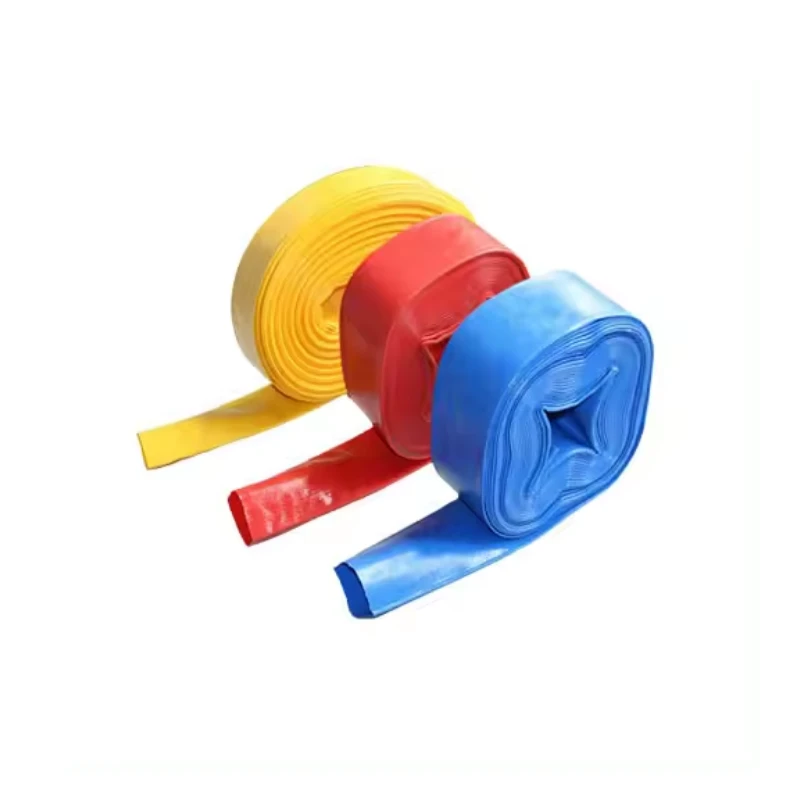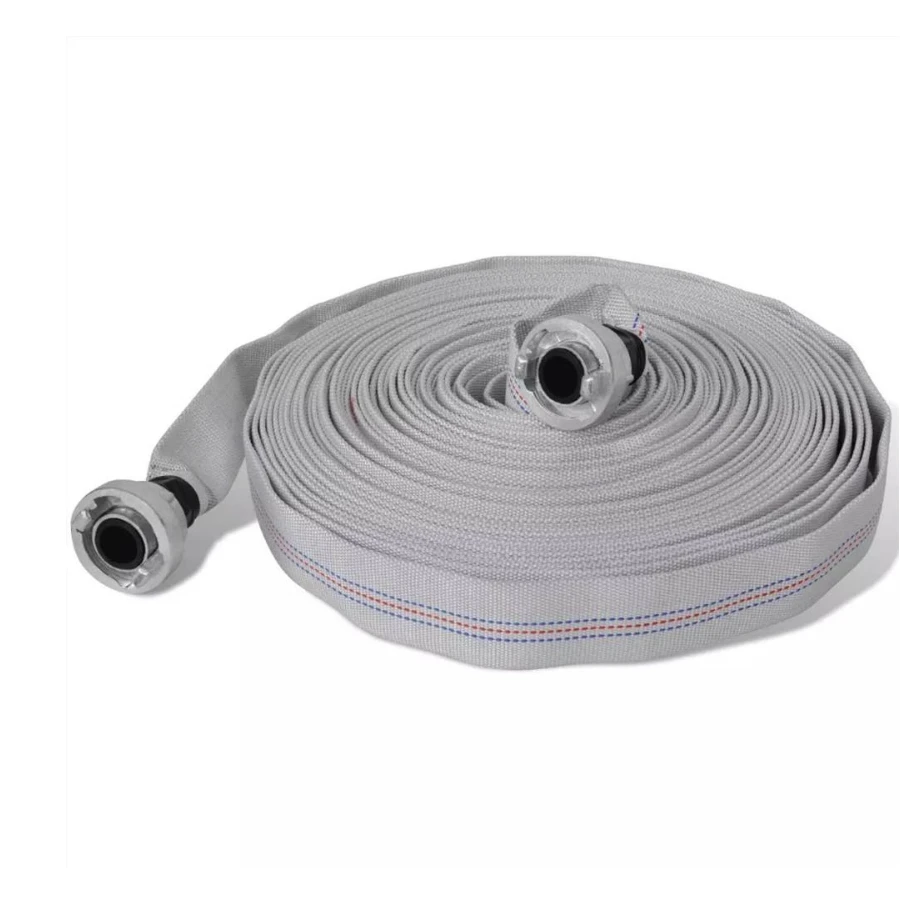PVC Hose
PVC (Polyvinyl Chloride) hose is a versatile, lightweight, and cost-effective solution for fluid and air transfer in a wide range of industrial, agricultural, and domestic applications. Made from high-quality, flexible PVC material, these hoses offer excellent abrasion resistance, smooth flow characteristics, and easy handling.
One of the key features of PVC hose is its flexibility, even in colder temperatures. It maintains good bend radius and kink resistance, making it ideal for use in tight spaces or around machinery. PVC hoses are also non-toxic and transparent, allowing for easy monitoring of fluid flow and identification of blockages.
PVC hose is resistant to a variety of chemicals, oils, and solvents, making it suitable for general water discharge, light chemical transport, and air ventilation. Many types are reinforced with polyester fiber or rigid spirals to improve pressure resistance and durability while maintaining a lightweight profile.
With a working temperature range typically from -10°C to +60°C, PVC hoses are suitable for a wide range of environments, though they are not recommended for high-heat or fuel-related applications. They are available in various sizes, wall thicknesses, and colors to meet specific needs.
Common uses include gardening, irrigation, food-grade fluid handling, pneumatic systems, and general industrial fluid transfer. Their affordability and long service life make them an excellent choice for both professional and everyday use.
What is PVC Flexible Hose?
PVC flexible hose is a lightweight, durable tubing made from polyvinyl chloride (PVC) material, designed for the transport of liquids, gases, or solids in a wide range of applications. It is known for its flexibility, transparency, and chemical resistance, making it a popular choice in industries such as agriculture, construction, manufacturing, and home use.
The flexibility of PVC hose allows it to bend easily around obstacles or equipment, which is especially useful in confined or dynamic environments. Despite being flexible, it retains strength and pressure resistance—particularly when reinforced with polyester fiber or a spiral wire. This construction enhances durability and helps the hose withstand internal pressure and external abrasion.
PVC flexible hoses are commonly used for water delivery, air supply, suction and discharge of liquids, chemical transport, applications when made with FDA-approved materials. Their clear walls make it easy to visually monitor flow, while their smooth interior minimizes friction loss.
These hoses typically operate within a temperature range of -10°C to +60°C and are resistant to weathering, UV rays, and many chemicals. However, they are not suitable for use with high-temperature fluids or fuels, as PVC can soften or degrade under such conditions.
In summary, PVC flexible hose is a reliable and economical solution for medium-pressure fluid handling, offering ease of use, long life, and adaptability in diverse environments.
How to Connect Lay Flat Hose to PVC Pipe
Connecting a lay flat hose to a PVC pipe requires the right fittings and proper sealing to ensure a secure, leak-free connection. Lay flat hoses are typically used for water discharge in irrigation, construction, and industrial applications. Since they are flat and flexible, they must be connected to rigid PVC pipes using appropriate adapters.
First, choose a compatible hose barb or male adapter fitting. The barb end should match the inner diameter of the lay flat hose, while the threaded or socket end should fit the PVC pipe—either through a threaded joint or PVC glue connection. Slide the lay flat hose over the hose barb securely.
To secure the hose, use strong hose clamps or a steel band clamp around the hose at the barb connection. Tighten the clamp evenly to prevent leaks or the hose slipping off under pressure. If needed, use multiple clamps for added security.
On the PVC pipe side, use thread seal tape if it is a threaded connection. Make sure all parts are clean and dry before joining.
In summary, connecting a lay flat hose to a PVC pipe involves:
Selecting the correct hose barb or adapter
Clamping the hose tightly
Properly sealing the PVC pipe end
This method ensures a strong and reliable connection for water flow or discharge operations.






